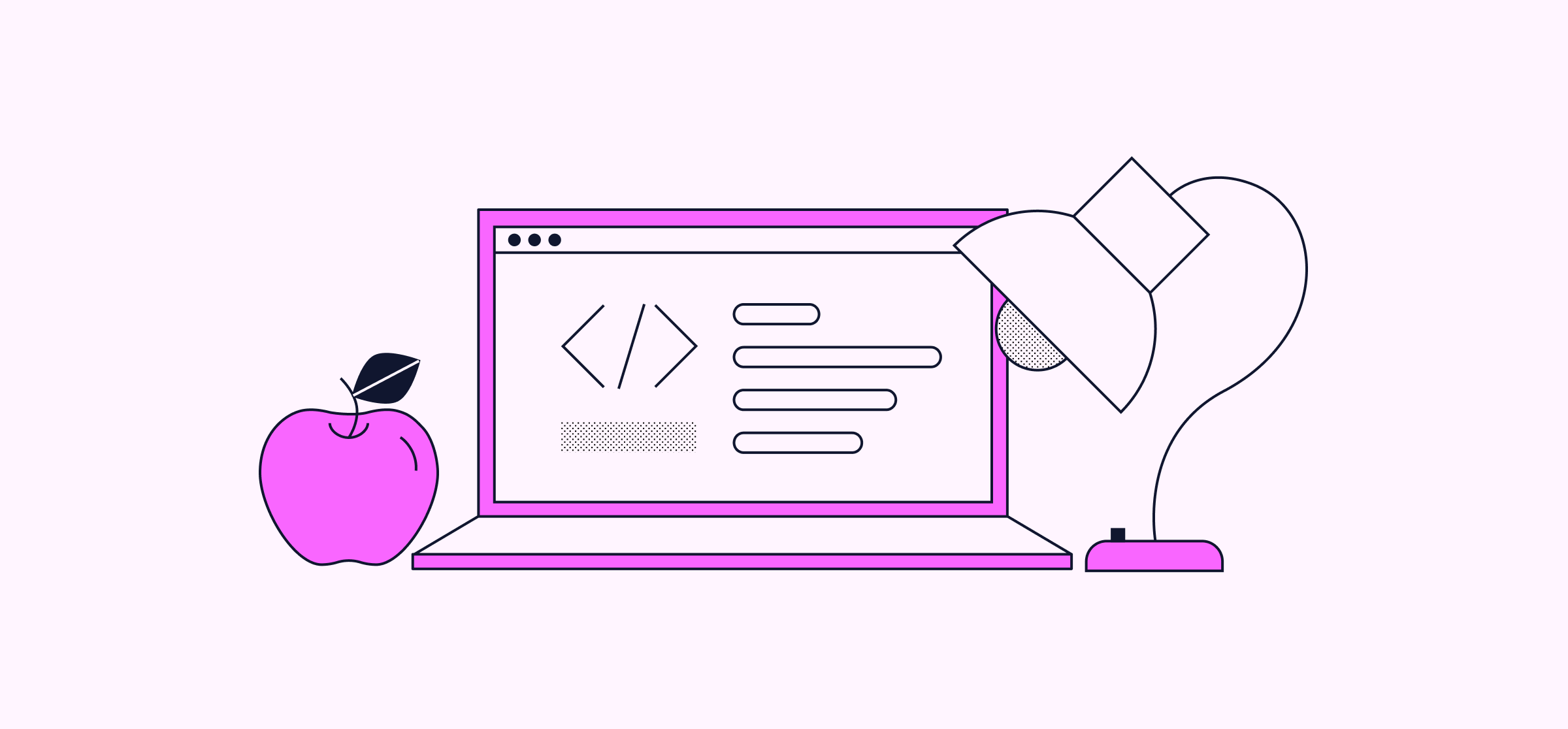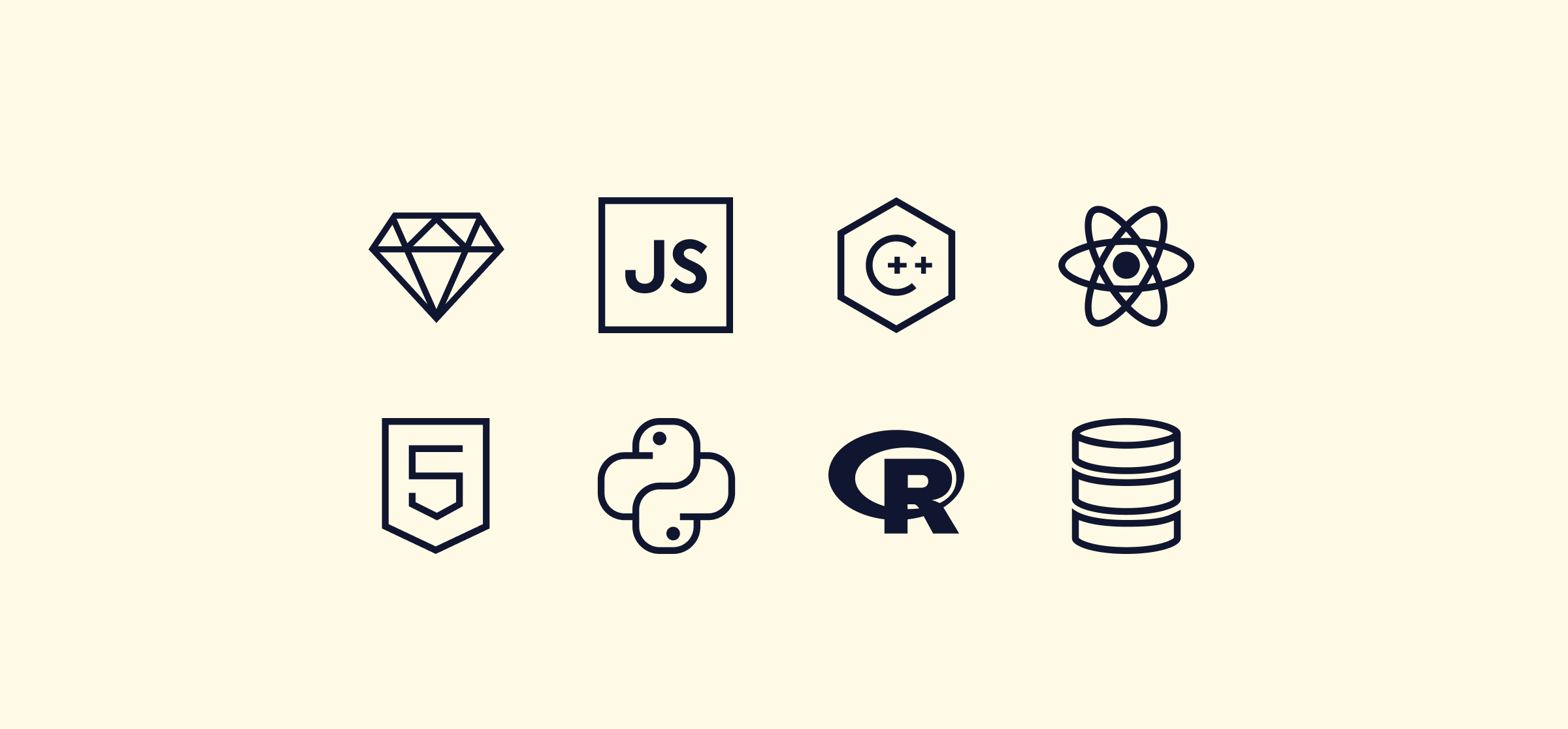3 Benefits of Adding Weights to Your Pilates Exercises That Go Beyond Building Strength
More confidence? Yep. Healthy bones? You bet!

If you’re a fan of Pilates, you know the workout method focusing on slow, controlled movements aligned with breathwork is a great way to challenge not only your body, but your mind.
Yes, the movements are small and they might look easy, but it takes both physical and mental fortitude to get through a Pilates session. (Just try the classic Pilates hundred exercise and you’ll understand!)
Pilates founder Joseph Pilates created the workout to be a holistic practice that improves your alignment, balance, and strength, while also helping strengthen you mentally and emotionally.
But if you’re looking for a way to boost those Pilates perks—and spice up your session—adding light weights to your routine can be a great option. Pilates exercises typically don’t use weights over 3 pounds—meaning people of most ages and fitness levels can give it a go.
Just because you’re not pumping iron doesn’t mean practicing Pilates with weights is easy. In fact, using weights in Pilates classes can be just as challenging as lifting heavy at the gym.
“Pilates form is difficult with no weights. Adding 1 pound can be a game changer,” says Catherine Fair, a certified Stott Pilates instructor at Life Time Westchester in New York.
Adding weights to Pilates exercises can help lessen age-related muscle and bone loss, boost your mood, and help you from hitting fitness plateaus. Read on to find out about the benefits of practicing Pilates with weights and how to do so safely.
The benefits of doing Pilates with weights
1. You’ll build stronger bones and muscles
When you think of working out with weights, you probably think of building muscle. But Erin Etienne, a certified Pilates instructor and master trainer for Club Pilates in Maryland, says the number one reason her clients ask about weighted Pilates exercises is to improve bone density.
Yep, strength training is an effective way to slow age-related bone loss that leads to osteopenia (loss of bone density) and osteoporosis (a bone disease that develops when bone mineral density and bone mass decreases), and it can even help build bone, according to Harvard Health.
Doing weighted Pilates exercises improves blood flow, which helps protect joints, Etienne explains. Increased “blood flow is going to help improve the tissues around the bones, which in turn gives the bones the nutrients and provides cellular changes that improve bone health,” she says.
And while it’s well known that resistance training helps improve muscle strength and increase lean muscle mass—something that happens whenever we incorporate this type of exercise into a workout, per the Mayo Clinic—the benefits to your muscles when you lift weights go beyond having a nice “flex” when you look in the mirror.
When your muscles are healthy, “your nerves function properly, your balance improves, and your reactions are quicker. These are all things that are crucial in our ability to have functional movement in the aging process,” Etienne says.
Once you know the Pilates basics (more on that later), using weights also helps your mind-body connection that’s a tenant of Pilates, Fair explains. “Once we establish form and understand that we activate our core throughout each movement, adding weights can build more muscle, help us feel the exercise more deeply, and cue us to feel the smaller muscles that we’re working,” she says.
2. Your confidence will improve
It’s a fact of life that no matter our age, we’re all aging. Getting can lessen your confidence when you can’t move or accomplish tasks as well as you used to. Practicing Pilates with weights can be a boost to self-esteem, even for seasoned pros, according to Fair.
“When we’re able to achieve ideal form and understand what we should be feeling in an exercise, adding weights can add a level of challenge and build a sense of accomplishment,” she says. “We’ll also tire our muscles more effectively so we feel the workout more.”
Using weights can also help you work toward short- and long-term goals, whether it’s running a marathon or walking without pain, Etienne says.
“Adding weights to a Pilates session can help to give people that sense of empowerment in working toward their goals,” she says. “Lifting even a small amount of weight will release those amazing endorphins and help us feel better, which is so valuable to people who are healing from trauma or under stress.”
“Pilates form is difficult with no weights. Adding 1 pound can be a game changer.” —Catherine Fair, certified Stott Pilates instructor
3. Your workouts will stay fresh
Pilates classes that incorporate weights can bring freshness to a session—something Etienne says can prevent boredom or hitting plateaus.
“Incorporating the appropriate amount of weight that challenges your endurance while providing the opportunity for the nervous system to step up and stabilize that weight is an excellent way to keep the movement interesting and productive,” Etienne says.
4. You’ll become more aware of muscle imbalances
On the flip side of getting stronger and feeling better, Etienne says incorporating weights into a Pilates session can serve the important purpose of making you aware of imbalances in your body.
“More times than not, clients are surprised at the difference of their strength, coordination, and control from one side of their body to the other,” Etienne says. “In Pilates, one of the principles we work on is to balance the body to achieve another principle: flow. Our movement flows better when we’re balanced.”
These imbalances can lead you to develop unhealthy movement patterns, especially if you’re compensating for injuries or pain, Etienne explains.
“While building confidence in our abilities in our movement session is essential, making friends with and searching out our weaknesses is just as valuable,” she says. “It not only helps us re-establish our goals throughout our session, it also makes the session more engaging.”
What to consider when adding weights to your Pilates workouts
Nothing about Pilates is rushed, and this holds true if you’re ready to start using weights during your workout. Before adding any type of weight, though, you need to make sure your form is spot on, according to Fair.
“Pilates is a form of mind-body exercise, and one of the basic principles is control,” Fair says. “It takes time to learn the control needed to master an exercise and work from the core first, activating deep muscles before superficial ones. As you progress and master the Pilates principles, you can add weights to challenge yourself further. Form is always first.”
Prior to adding weight, Fair says to make sure you’ve effectively nailed the Pilates principles of:
- Pairing movement with breath
- Activating your core muscles before other muscles
- Working proximally (close) to your trunk before working distally (further) from your trunk
If you’re ready to start practicing Pilates exercises with weights, remember it’s not about lifting heavy—Pilates weights are typically between 1 pound and 3 pounds, Fair says. Light hand weights ($11) are always a popular option and can work for a variety of exercises (like the ones in this Pilates arm workout with weights), while weighted ankle straps are effective for deeply working glute and hip muscles during lower-body moves, she explains.
Toning balls ($10)—soft, compressible balls filled with sand—are one of Fair’s favorite props because of the unique ways they can be used. “Toning balls allow you to feel all the nerves in your palms and the soles of your feet and can be used in arm exercises to activate small muscles in the hands and wrists, build stability in the shoulder girdle, and improve grip strength,” she says.
Putting a toning ball between your ankles or knees during abdominal exercises is a great way to make the exercises more challenging, Fair says. “I love to do bridging exercises with arches on the toning balls to increase awareness in the soles of the feet and challenge glute, hamstring, and calf muscles,” she says. “When my students see the toning balls come out, they know they’re going to work hard!”
Fair’s has a few more tips for using weights for Pilates workouts:
- Get your form down before adding weight to an exercise.
- Never let the weights control the movement, let the movement controls the weights.
- Listen to your body and know the difference between pain and hard work.
- If you feel pain, lighten or stop using the weight.
“Lifting even a small amount of weight will release those amazing endorphins and help us feel better, which is so valuable to people who are healing from trauma or under stress.” —Erin Etienne, certified Pilates instructor
Safety tips for doing Pilates with weights
While weights can be a great addition to a Pilates workout, not everyone should use them. Etienne advises skipping the weights if you have joint or muscle injuries, vestibular issues, wrist and hand limitations, neurological conditions, recent surgery, or have been advised by a doctor to avoid loaded exercise.
It’s always best to talk to your doctor before taking up Pilates. If you’re given the green light, it’s best to work with a certified Pilates instructor first instead of trying to figure out any restrictions on your own. For example, Etienne says anyone with osteopenia or osteoporosis needs to avoid weighted flexion, while those with shoulder issues need to avoid overhead movement with weight.
“When we consider proper alignment, we’re looking at how someone’s structures are balanced over one another to give support to their frame without causing strain on the joints or compensations in movement,” Etienne says. “This is why taking private training and classes with a certified Pilates instructor is so valuable. They’re trained to see the details in the movements of their client and help them avoid injury.”
What's Your Reaction?








































.png)











































